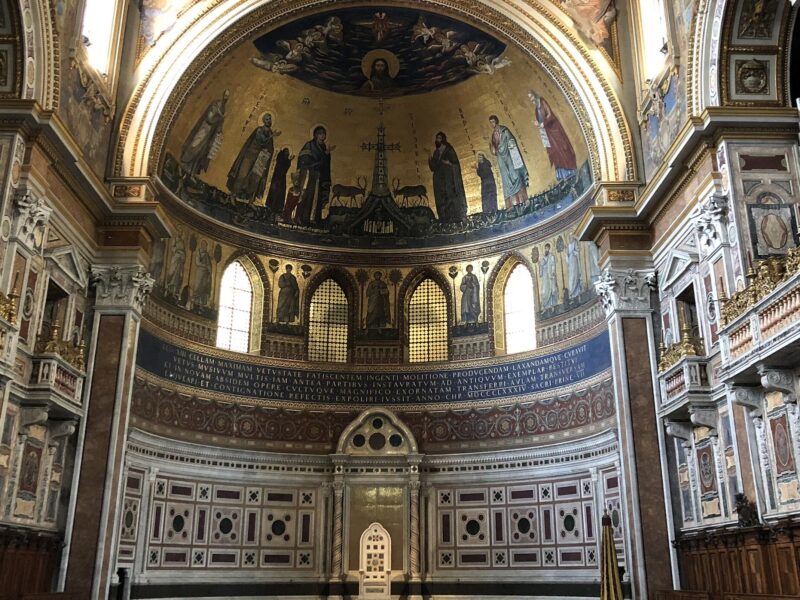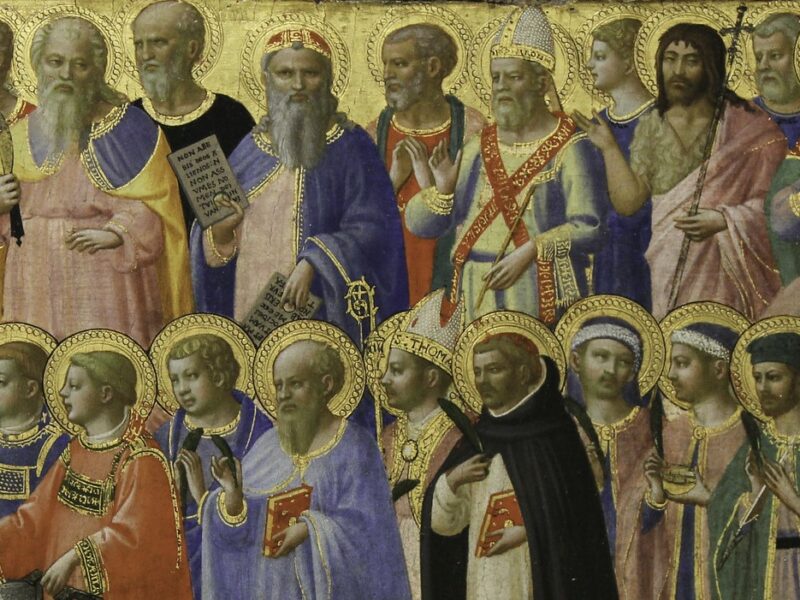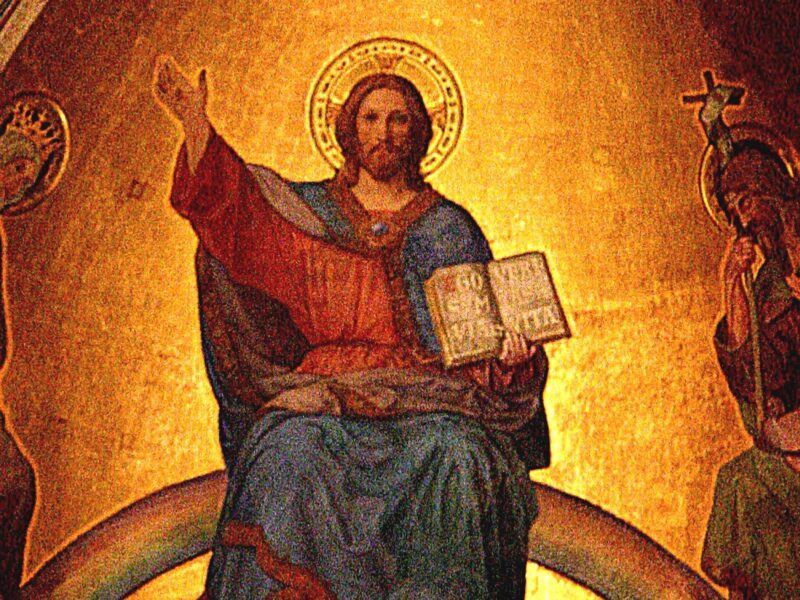
Noblesse Oblige
Solemnity of the Assumption of the Blessed Virgin Mary. Fr Aidan Nichols preaches on the Christ-like end of Our Lady’s life.
Some years ago I visited Georgia — the real one, in the Caucasus, not that pseudo-Georgia in the United States (apologies to any residents thereof who may be reading this!). A story I was told there is relevant to today’s Solemnity.
When in 1810 the Russians abolished the East Georgian monarchy, they were worried about possible future disaffection. So they took the royal family — the Bagratids, they were called — to St Petersburg, to keep an eye on them. Now the Bagratids were very proud of the fact — at least, they claimed it to be a fact — that they were descended in the direct line from Solomon. On the Feast of the Assumption, or what the Orthodox call the Falling Asleep, of the Mother of God, the court of St Petersburg was surprised to find the Bagratid princesses dressed in the colours of mourning. ‘What’s happened?’, they asked them. ‘Oh, don’t you know?’, replied the Georgians. ‘There’s been a death in the family.’
We also as Catholics should be surprised at this death, if in a different way. As the deaths of human beings go, the death of the Virgin is absolutely unique. But it is unique in a manner that makes it an occasion for celebration, not lamentation. The Virgin did not need to die as we die. As the Immaculate, she didn’t belong to the moral order — let us say, rather, disorder — of this world, and so wasn’t subject to the kind of death that is that order’s outcome.
Our Lady died the death we die only because she freely chose it. As the Mother of the Lord, she quite gratuitously chose to follow the way of her Son.
That’s what the Byzantine Liturgy tells us at Matins of today’s Feast:
If the Fruit she bore [that’s Christ, of course]
? by whose favour she passes to heaven
freely endures the tomb insofar as he is
mortal, how can she refuse the tomb,
she who unwedded bore the Child?
Mary dies as we do because it is congruent with the Christ-pattern so to do. It’s all of a piece with his life and hers. On each case, and all along the line, the theme is self-giving in humility, sacrifice, abandonment.
And this is why she is glorified by being taken to heaven body and soul. Her dying was the final seal on her holiness, the ultimate and definitive seal. So it had in her Assumption (and Coronation, which we celebrate as the ‘octave’ of the Assumption in a week’s time), the ultimate and definitive reward.
But still her life for us goes on, her mediation with her Son, which now takes the form of her offering herself as a channel of his graces, lavished on others. Because that too is part of the pattern. The French have a saying, Noblesse oblige: ‘nobility obliges’. That states a truth about spiritual nobility too. The higher the degree of glory a creature reaches, the heavier its responsibilities — and above all the responsibility of communicating the divine goodness to others.
Occasionally, at any rate, whether off our own bat or by making our own the prayers the Church puts into our mouth, we ask God to make us holy. On the Assumption in particular, we petition our blessed Lady to draw us with her in the Holy Spirit, through the Word, to the Father. Do we always realize to what we are committing ourselves in such a request?
We are asking to be stripped of our privacy as she was, to be so opened up that the whole world can walk into our hearts. Is that really what we want? We must beware, there is no private holiness. That is also the message of the Liturgy today.


